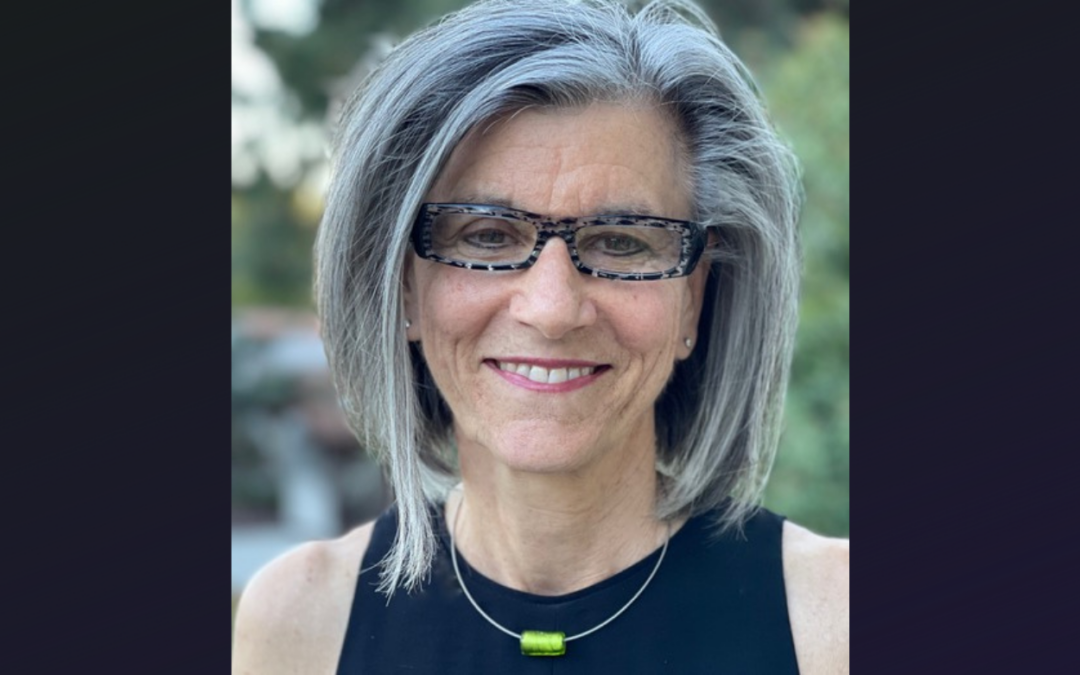
Gina (left) and Ana (right) work as an intergenerational pair to get people housed.
Lyiam Galo is the co-director of Generations United for Service, a program of the Northern Santa Barbara County United Way and one of 10 awardees of the CoGen Challenge to Advance Economic Opportunity. Watch for interviews with all 10 of these innovators bringing older and younger people together to open doors to economic opportunity for all.
What is Generations United for Service and what life events brought you to do this work?
We’re an age-diverse volunteer network that serves homeless families in Santa Barbara County. There are families at risk and shelters that support families. We have a fund that helps families with their first and last month’s rent to ensure they can be housed. All of our events are family friendly.
I came to this work while attending college at the University of California at Santa Barbara, craving a way to support my community on the weekends. I started volunteering with an organization that hands out socks to people living on the streets — a very simple way to start conversations, remind them of their humanity and build self-worth.
What problem are you trying to solve?
We are trying to get families housed, for sure, but we’re also trying to solve a recruitment crisis for organizations seeking volunteers and AmeriCorps members – to increase interest in volunteerism and national service and get people to be less socially isolated, which increased during the pandemic and is contributing to growing polarization. Finding a way to contribute in-person in your community is the easiest way to reduce loneliness and anxiety and increase a sense of purpose and productivity.
Beyond this, we want to inspire more programs that work with volunteers and AmeriCorps members to intentionally recruit for age diversity because, just like racial or gender diversity, age diversity helps to eliminate “blind spots” in the design and delivery of programs. It’s a stronger and more accessible approach when you eliminate age bias and have members of all ages contributing to the work.
How do youngers and olders solve the problem together?
My co-director is two generations above me, so we’re cogenerating all the time! Our volunteers and AmeriCorps members are also working shoulder to shoulder, often as intergenerational pairs – canvasing the streets, doing a point in time count of people on the streets that helps determine how much the county gives in funding, and using their unique strengths to accomplish the same goal.
There is a concentration of folks living on the streets who are older and male, but not everyone responds to or builds rapport with someone their own age. Having intergenerational pairs do this work together increases the chance that they’ll connect with an unhoused person.
Here’s a cool example: Ana is a Millennial who is in her second year of service. Gina is Gen X and a new member with prior experience living on the streets. Gina has a natural connection with the homeless community because she was just there. Working together and leveraging their complementary knowledge and experience, they recently housed someone in Isla Vista.
Any other reason you see bringing generations together as important?
The services we provide to homeless folk increase their economic opportunity. They’re more likely to pursue a job and retain housing if they are accessing the services that we provide. We’re setting them up for stability, which is required for economic opportunity.
If we are more effective because of our age diversity then we’re going to have a more effective intervention. Also, volunteering and participating in national service positions you for all kinds of work. It’s an on-ramp for full-time employment because you get tangible experience and demonstrate their value.
Have you encountered any unexpected positive or negative outcomes in bringing your project to life?
I’ve been surprised by how intuitive the concept of cogeneration is for people. As soon as I connect it to Diversity, Equity and Inclusion (DEI), other nonprofits and high level leaders just understand the benefits immediately. If a diversity of perspective by race and gender create better outcomes, then of course diversity of perspective by age would as well. Age just isn’t talked about as much.
What advice do you have for someone looking to cogenerate?
Join an existing program and don’t wait until you start your own. Every community needs help. There’s always a food bank. Start by looking at local food security initiatives and be intentional about bringing older and/or younger people to join you so that it’s age diverse. When you do start your own program, don’t wait to make it intergenerational until you have 50 volunteers. Start as soon as you can.
What’s one of your superpowers as a leader/innovator?
Relentless optimism. I can be counted on to always envision a better future, even when it doesn’t make sense. I think it’s only possible if you believe it exists.





